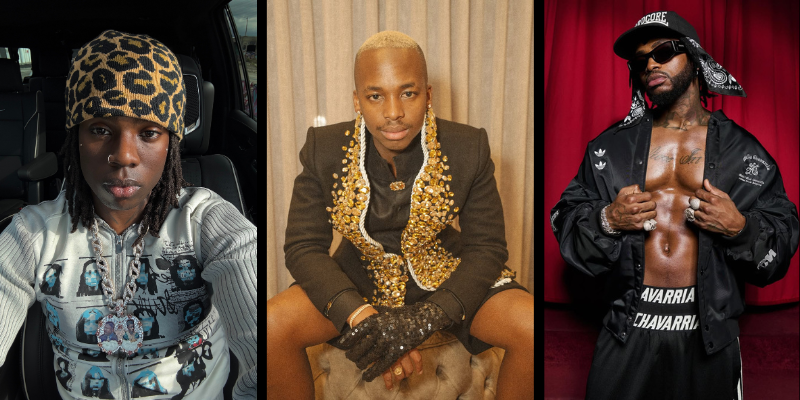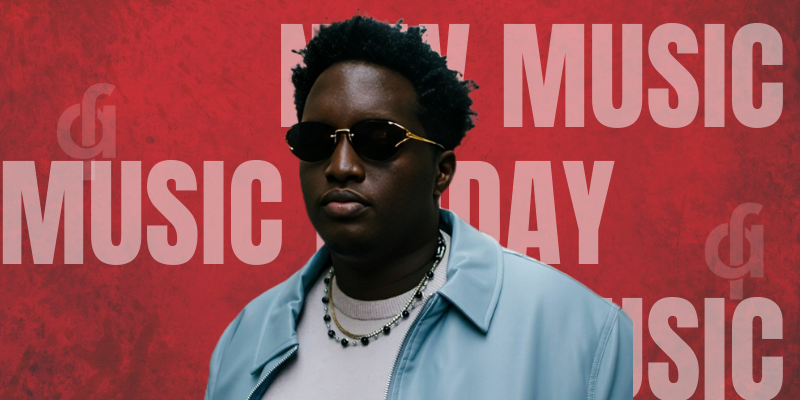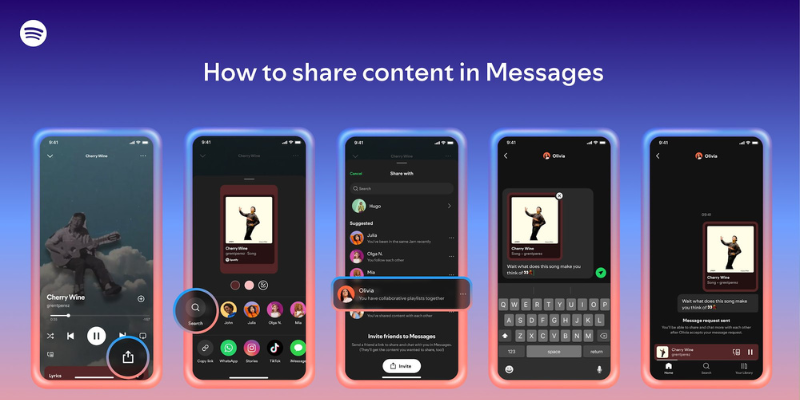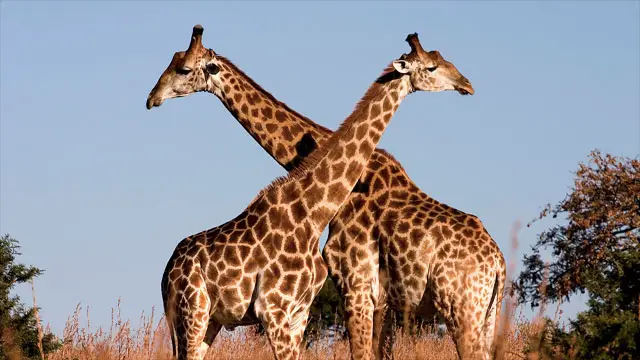When South African rising star CIZA released Isaka (6am) in April, it was just another Amapiano record with local buzz in Johannesburg. Months later, the song had morphed into a Pan-African phenomenon, not just because of a massive label push or radio campaign, but because of a viral dance challenge.
On TikTok, CIZA introduced a simple, catchy routine alongside the song that quickly caught on, spreading from South Africa to Nigeria, Uganda, and Kenya.
Within a month, Isaka (6am) climbed to No. 1 on Spotify’s Viral Chart in Nigeria, topped Apple Music iTunes charts in multiple East African countries, and cracked the Shazam Global Top 15. Its reach stretched as far as the UK, US, and Australia, proving once again how powerful dance culture has become in shaping the continent’s biggest hits.
@cizarioo Did I kill it guys ? 😂🔥🔥 #ciza #isaka #dancechallenge #6am #fyp #trendingvideo ♬ original sound – CIZA
The story isn’t new. Ciza’s Isaka is yet another example of the potency of dance challenges in transforming unknown local songs into continental chart-topping hit records.
Dance and African Music: Two sides of the same coin
Dance has always been central to African music culture. Long before social media, local genres were inseparable from their signature moves. Nigeria has had Yahooze, Skelewu, and Alanta, to mention a few. Azonto caught on from Ghana, while Shoki, Shaku Shaku, and Zanku defined eras in street hop. These dances were cultural markers, dictating what played in clubs and on the streets. What has changed is scale. Where once a dance craze stayed in a city or region, social platforms like TikTok and Instagram now give them international wings.
Kizz Daniel’s Buga & Cough, Diamond Platnumz’s Comment Ca Va or Moliy’s Shake it to the Max all show how songs catch fire faster when attached to a fun and catchy dance routine. Even Rema backed the release of his latest single, Kelebu, with a $10,000 dance challenge in an attempt to propel the single to hit status.
Artists now deliberately seed records with moves that can spark challenges. Dancers with large social media followings amplify this process, often recording fun routines that unlock a song’s viral potential. Once their routines take off, FOMO pushes regular users, celebrities, and even brands to join in, creating a domino effect that powers the record into mainstream consciousness.
By pairing releases with an easy-to-dance move, artists are making sure fans not just have a song to stream but a dance to share. Simplicity often wins. The easier the routine, the wider its spread. Even Rema emphasised this in his announcement of the $10,000 dance challenge for Kelebu. True to his word, the easiest dance routine got the win.
The reason dance challenges go viral quickly lies in the platforms. TikTok, Instagram Reels, and YouTube Shorts thrive on short, repeatable clips. An easy-to-replicate move keeps users engaged, encourages participation, and feeds the algorithm. A sound tied to a challenge will trend faster than a song without one.
Pan-African and global crossover
Dance challenges allow music to travel across African borders in ways radio or TV alone cannot. Isaka (6am) began in Johannesburg but soon found its way to clubs in Lagos, Nairobi and Kampala because the dance translated universally. From there, it found its way to the diaspora, leaping into charts across the world.
For artists, the impact is satisfying and measurable. A viral dance challenge translates into fantastic streaming numbers, chart success across different regions, and international exposure. As a result of the reactionary nature of the music industry, labels are now integrating dance challenges into rollout strategies, often hiring popular choreographers or starting dance challenges with popular influencers before or after the song drops.
The flipside to this is that a lot of artists would be under pressure to make music with the potential to go viral with the backing of a dance challenge. Artists in today’s music landscape often tend to prioritise commercial appeal over artistic excellence, meaning they’re inclined to go for what works.
Still, the formula is tested and trusted. From South Africa’s Amapiano to Nigeria’s Afrobeats, from Bongo Flava to three-step, dance is the currency that moves music across Africa and into the world. In 2025, a hit song is no longer just written or produced; it’s choreographed. And as long as dance remains a universal language, African music will keep finding its way to global stages.

















